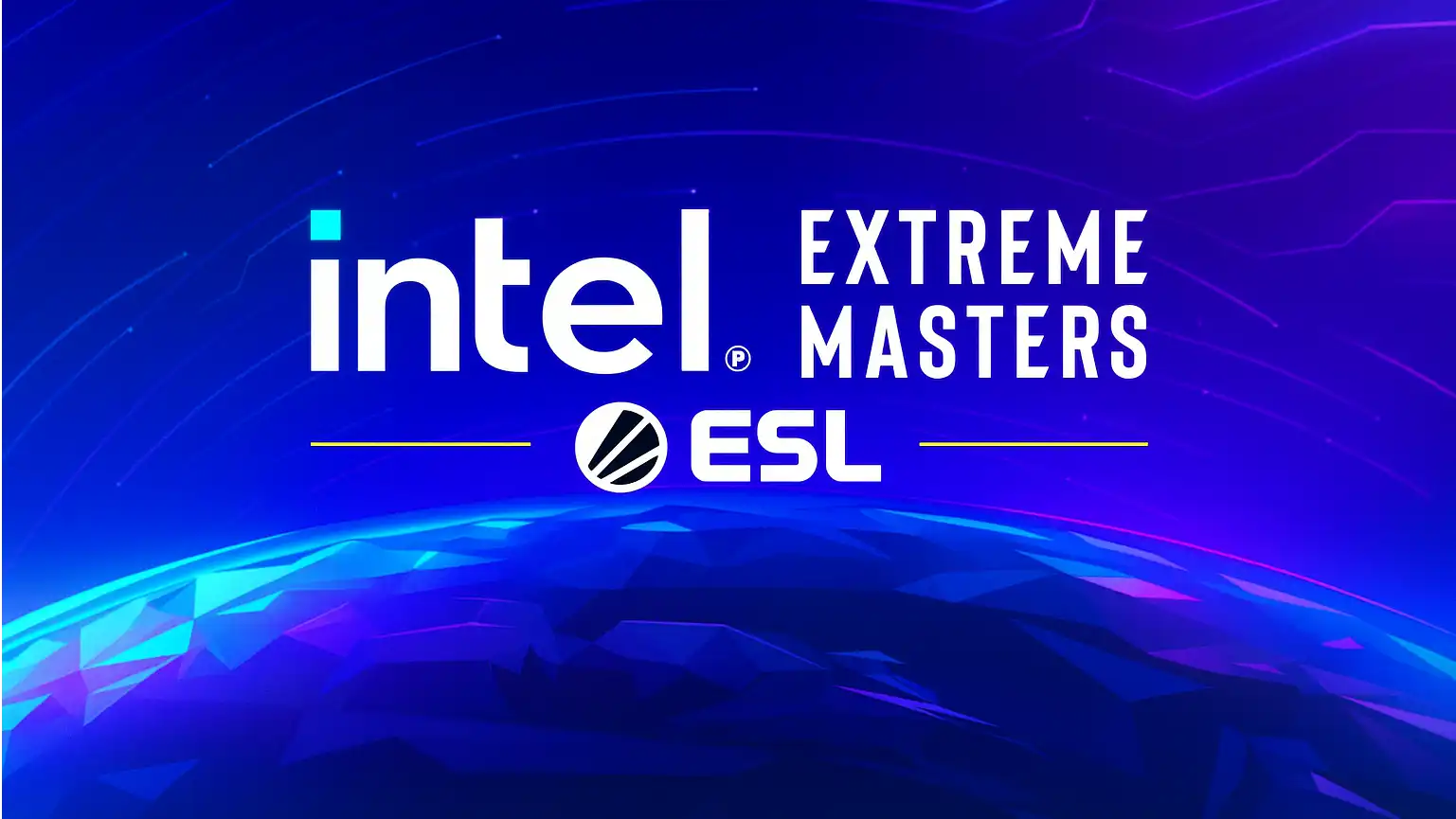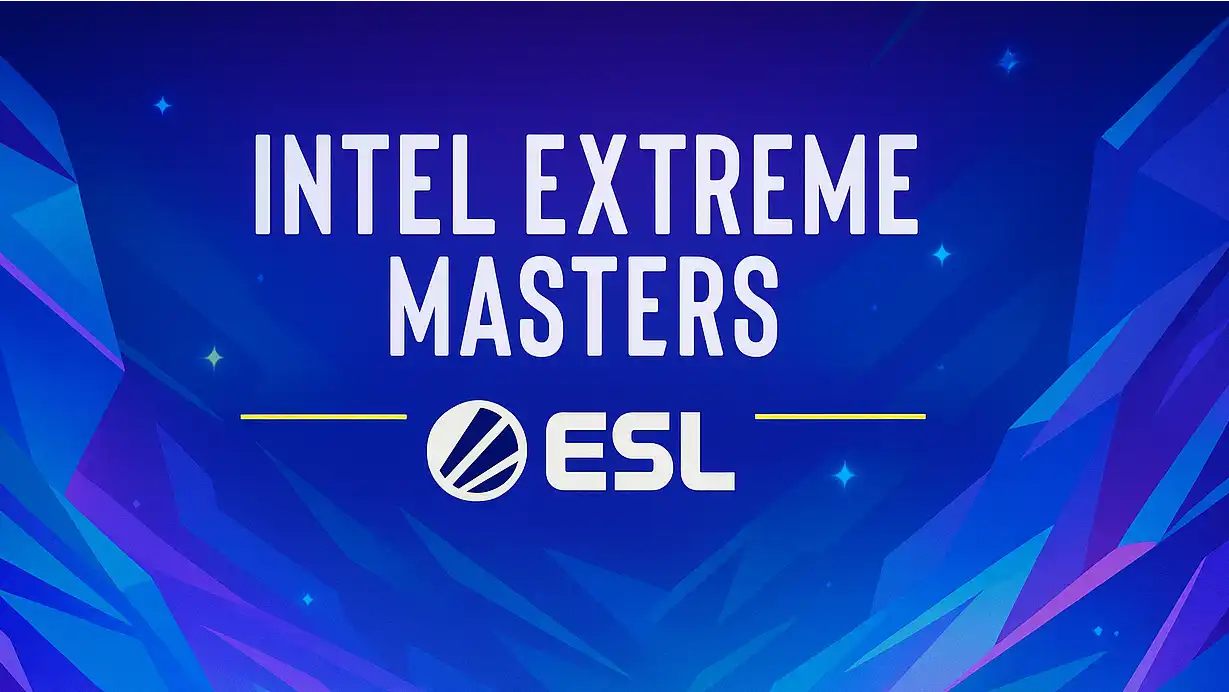HooXi: “It’s just hard to create stability in a team where people are going in and out of the door all the time.”

HooXi: “It’s just hard to create stability in a team where people are going in and out of the door all the time.”
With the group stage of IEM Chengdu 2025 underway, G2 Esports in-game leader HooXi offered a candid assessment of the team’s current state, emphasising the difficulty of building consistency when roster flux is high. In a one-on-one interview, HooXi said:
“It’s just hard to create stability in a team where people are going in and out of the door all the time. And that goes for [Magisk] as well.”
He noted that while the squad has racked up 2–0 in their opening games at Chengdu (having defeated The MongolZ for example), the underlying challenge remains: aligning long-term identity, structure and commitment.
The context: G2’s tumultuous roster path
To fully understand HooXi’s remarks, the background matters. G2 Esports have undergone extensive changes over the past 12–18 months: multiple roster swaps, role shifts and strategic overhauls. Information on Wikipedia confirms the team’s history of active changes, including HooXi himself taking the IGL role in earlier rebuilds.
One immediate example he referenced: veteran Danish rifler Magisk is currently in the G2 lineup on a loan basis — HooXi admitted he doesn’t know if Magisk will remain beyond Chengdu. “I never heard anything yet,” he said.
Why does this matter? Stability in esports is often defined by time — consistent lineups, repeated tactics, coherent identity. When players join and leave frequently, roles become blurred, preparation suffers and mental continuity becomes fragmented.
Analysis: What HooXi is getting at
HooXi’s remarks pull out several key themes:
-
Short-term vs long-term mindset
He said: “We just go with the flow in a way… the mindset is just not to think long-term.”
This indicates that G2 are functioning more like a “match-to-match” operational group rather than a project built to peak together. That can work short-term, especially at group stages, but may limit ceiling when facing deeply synced opponents in playoffs. -
Roster churn prevents system refinement
If players rotate frequently, time spent refining strategy, communication, map pool synergy and roles is reduced. HooXi’s “door-in-and-out” comment underscores that the team has less time to build deep habits — more time adjusting to new pieces. -
Significance of motivation and role clarity
On Magisk’s loan status, HooXi explained:“He has to show the world he can still be a super good player and be interesting for other teams, and at the same time he has to think about doing what’s best for our team.”
That dual pressure — personal showcase vs team role — compounds stability issues. If a player is perennially auditioning rather than embedding, long-term planning becomes hard.
Immediate implications for IEM Chengdu 2025
Despite his concerns, G2 started the event 2–0 in Group B (or Group A; article says “we are through to the playoffs and just waiting” after mongoZ win) meaning the starting performance is solid.
But the question remains: with playoffs approaching, will the team’s underlying instability limit their ability to perform in elimination matches?
-
Advantage: Winning early in group phases is crucial. A 2–0 start buys rest, morale and fewer matches.
-
Risk: When the bracket tightens and the margin for error shrinks, teams that have foundational consistency often gain the edge. G2’s lack of stable structure may limit their capacity to adjust mid-series or refine approach between matches.
Additionally, the long-term mental and structural challenge is real. If Magisk’s future is unclear and other internal changes are lurking, players may find it harder to engage fully in a “team project” mindset rather than “next tournament showcase”.
Broader scene reflections
HooXi’s observations reflect a broader phenomenon in top-tier CS2: while orgs chase quick fixes, star signings and meta shifts, the teams that dominate consistently often have long stretches of stability. Consensus among esports commentators is that frequent roster changes can hamper long-term potential, even if short-term results improve.
Example: Teams like Astralis in the 2018-2019 period or FaZe Clan when they kept line-ups for full seasons often enjoyed periods of dominance. In contrast, teams with constant churn may reach peaks but find sustaining them harder. HooXi essentially captured that nuance: “you try to do whatever is best in the moment, instead of trying to create an actual style and spending a lot of time talking about the game.”
What G2 needs to do to convert potential into results
Based on HooXi’s remarks and broader trends, the path forward for G2 might include:
-
Locking a stable core: Clarify contracts beyond “loan” status, reduce rotation and keep a lineup for multiple events.
-
Define identity / style: Move from “match-to-match” planning to a system the team understands, drills, and refines over time.
-
Role clarity and shared goals: If players feel they are “auditions” rather than full team members, cohesion suffers. Clear role assignments and shared goals could help.
-
Time for recovery and refinement: Early wins are good, but the bracket crunch means mid-tournament regroup time (video review, tactical prep, hydration) matters.
-
Mental buy-in: Repeated instability may degrade trust; committing publicly to more stability may help build stronger team trust and buy-in.
The outlook: Can they still succeed at Chengdu?
Yes — G2’s 2–0 start shows the roster is capable of high-level performance. HooXi’s honesty may in fact signal internal awareness and willingness to address structural issues. If they click and the bracket opens favorably, they could make a deep run. However, if they hit a tough matchup against a top-tier stable roster, the very issues HooXi highlighted may become limitations rather than rhetorical concerns.
Final thoughts
When HooXi says “it’s just hard to create stability in a team where people are going in and out of the door all the time”, he isn’t complaining — he’s diagnosing. The statement reflects a deep-level challenge at the core of modern esports: maintaining high‐performance while navigating frequent change.
For G2 and HooXi, the IEM Chengdu run offers both opportunity and litmus test. They’re currently doing well—but the real measure will be how they perform when the margin gets tight and the preparation time gets thin. If they can turn that moment into momentum, the structural question might become a footnote. If not, their early promise may well fade into what-if territory.
In the world of CS2, consistency isn’t glamorous: it’s built in quiet hours of preparation, in days with zero headlines. HooXi’s comment is a subtle reminder that behind every sharp round and flashy fragline is a team trying to hold itself together while the door keeps swinging.



